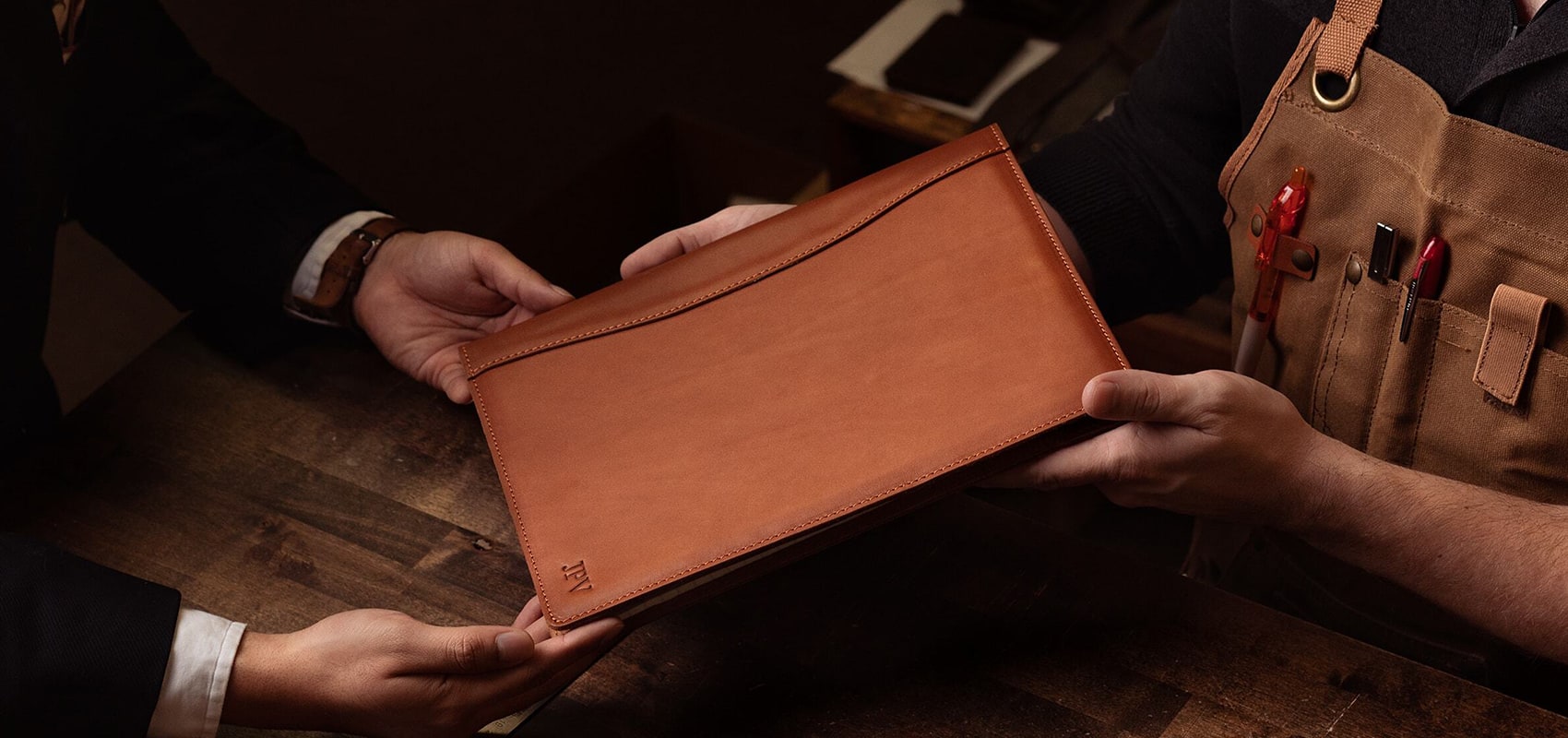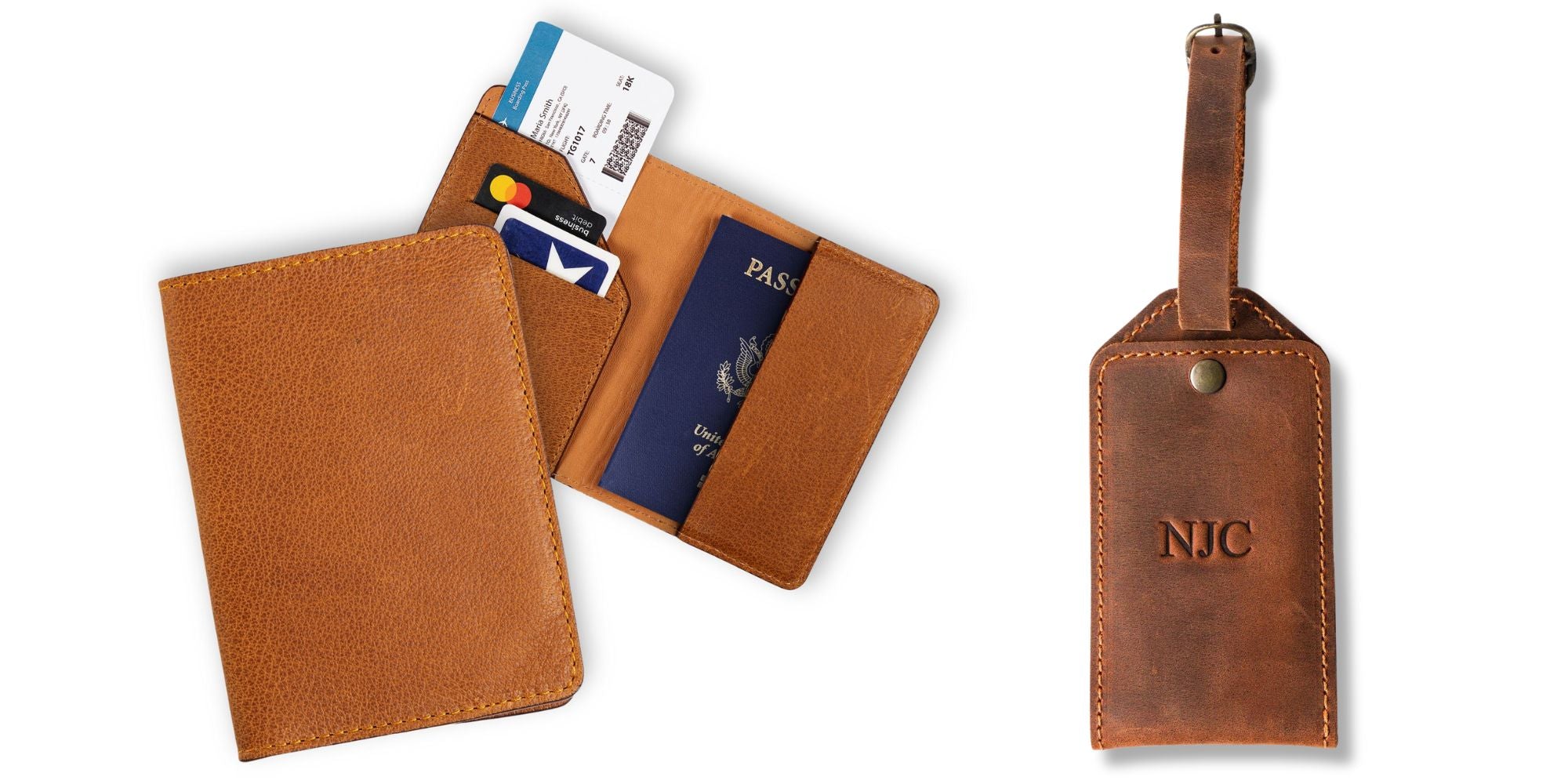The Hidden Costs of Bargain Buys: A Closer Look at the $37 Komalc Leather Crossbody Bag

Last week, I reviewed a variety of bags available on Amazon, and one product that particularly caught my attention was the KomalC Leather Crossbody Bag priced at $36.99. This bag promises a lot: genuine buffalo leather, a rugged design, and an incredibly low price point. At first glance, it's a phenomenal deal. However, after diving deeper into the economics behind this pricing, some unsettling questions arise about the true cost of such a bargain.
READ: What's Real and What's Fake: My $250 Amazon Leather Bag Finds
DISCLAIMER: This is an UNSPONSORED review. I purchased all of these products myself and am not affiliated with the brand mentioned in any way. All statements and expressions made about the products are solely the opinion of Tanner Leatherstein and are not meant to be conclusive or definitive. The purpose of this video is for informational and educational purposes only. We recommend that as a consumer, you exercise your due diligence and research on the products before adopting the opinion of Tanner Leatherstein.
NOTE: Some of the links here are affiliate links. We might get a small commission when you choose to purchase the product through our link which will help to support our Leathertainment content and channel. But rest assured that everything written in this article is our independent review.
The Appeal of the KomalC Crossbody Bag
At $36.99, the KomalC crossbody bag offers what seems like unbeatable value for money. It's constructed from genuine buffalo leather and boasts a rugged, stylish design. For consumers, it feels like a steal—high-quality leather goods typically come with a much heftier price tag. But how is it possible for this bag to be sold at such a low price?
The Economics of a $37 Leather Bag
When a company sells a bag on Amazon for $37, they don't pocket the entire amount. Amazon's fees, commissions, and advertising costs eat into the revenue significantly. After these deductions, the seller is left with approximately $20 to $22. This is where things get tricky. Producing a real leather bag for under $22 while remaining profitable is a substantial challenge.
Pinching Pennies: The Impact on Quality and Ethics
To make a profit at such a low price point, every aspect of the supply chain must be optimized for cost savings. This often means sourcing cheaper materials, choosing lower-quality hardware, and potentially underpaying workers. While this approach can keep prices down, it also raises several concerns:
@tanner.leatherstein What's wrong with this $37 REAL leather bag from Amazon? 🤔 #leatherbag #hiddencost #sustainableshopping #amazon #fastfashion #isitworthit #tannerleatherstein ♬ original sound - Tanner Leatherstein
1. Environmental Impact: The tanneries producing the leather for these bags might not follow environmentally friendly practices. The processing of leather involves significant water and chemical usage, and without proper waste management, harmful chemicals can pollute water sources and soil.
2. Worker Safety: The workers manufacturing these bags and their components may be subjected to poor working conditions. Inadequate safety measures in factories can lead to health hazards, including exposure to toxic substances.
The Ethical Dilemma
As consumers, we are often drawn to low prices and great deals. However, it's essential to consider the broader implications of our purchases. The affordability of the KomalC Leather Crossbody Bag raises important questions about the true cost of cheap goods. Are we willing to support practices that might harm the environment and exploit workers in the name of saving a few dollars?
Conclusion
The KomalC Leather Crossbody Bag at $36.99 is undeniably attractive from a value-for-money perspective. However, understanding the economics behind such a low price reveals potential hidden costs that extend beyond the price tag. It's crucial for both consumers and brands to recognize and address these issues. As consumers, we should weigh these factors and consider the ethical and environmental impact of our purchases. However, the responsibility doesn't rest solely on us.
Brands that engage in practices leading to such low prices must also be held accountable. They need to ensure transparency in their supply chains, adopt fair labor practices, and commit to environmentally sustainable production methods. By working together, consumers and brands can promote a more responsible global economy, where the true costs of products are reflected in their prices, ensuring fair treatment for workers and a healthier planet.




















Leave a comment